The Post Office Local pilot is over. And the format is a success, says the Post Office. Now it wants to enlist up to 2,000 retailers in the rollout, claiming the model can drive football and sales.
The Post Office needs a shot in the arm. And last week it revealed to The Grocer that, with the help of a £1.34bn injection of taxpayers’ cash, it’s now ready to begin a programme that it says will transform the Post Office network and help ease the ills of escalating costs and falling trade.
By April 2015, 6,000 main and local sites will have finally been brought into the 21st century, says the Post Office. The programme could also provide the pain relief many struggling independent c-stores need. Since March, more than 200 convenience operators - ranging from Tesco’s One Stop chain and The Co-operative Group to independent chains and single-store operators - have been piloting a new initiative, dubbed Post Office Local, allowing them to provide a pared-down selection of postal services over their retail counters.
It’s been a hit, says the Post Office. “Independent research shows that over 90% of customers are satisfied with the new format,” says a spokeswoman. “We’re therefore now in a position to step up the rollout using the funding the government has made available. As we move through the autumn, we will see more branches benefit as part of a wider rollout.”
The intended benefits for the Post Office are clear. By offering sub-postmasters around the country a one-off compensation package equating to 18 months’ annual salary, it hopes to cut its £450m annual bill for sub-postmasters’ salaries and make its services more widely available to customers, with outlets in the new network staying open for longer. But what’s in it for the 2,000 retailers the Post Office wants to be operating as Post Office Locals by April 2015?
And are those involved in the pilot as satisfied with the new concept as the Post Office says their customers are?
It was a bitter pill for some to swallow to start with. “If you had asked me after the first month I would’ve said we weren’t going to last as a Post Office Local,” says Sanjeev Vadhera, business development director at the awardwinning North East Convenience Stores, whose 19-store convenience estate began a Post Office Local pilot at its 3,500 sq ft grocery store in Blyth, Northumberland, in April.
The Post Office may have paid for the conversion of the store (primarily equipment such as scales, safes, IT and joinery beneath the counter), but the need to hire a new staff member to meet the demands of the postal service took a heavy toll. “At 40 hours a week that’s £12,500 a year - we probably won’t get anywhere near that in commission from the Post Office,” he says, adding that a lack of marketing support from the Post Office meant that spreading the word about the store’s new facilities was an uphill struggle.
But the Blyth store got there in the end. Five months since becoming a Post Office Local, grocery sales at Blyth are up by more than 10% a month as a direct result of the increased footfall from shoppers attracted by the new services. Whether or not the additional revenues from providing postal services outweigh the extra staffing costs will, of course, vary from store to store, but increased footfall is viewed by many as a given.
“There are two ways of looking at it,” says Julian Rinaldi, owner of Musbury Garage near Axminster, Devon, a Spar outlet that will become a Post Office Local next month following the retirement of a local sub-postmaster. “The warmer side of me sees that when Post Offices disappear they rarely reappear so we, as part of a village community for 30 years, should do it for that reason. The cold side of me sees it as a footfall driver. As a guesstimate I’d expect to see an increase in shop sales of between 20%-25%.”
The benefits for customers are clear. In contrast to traditional Post Offices, which are bound by standardised opening hours, under the scheme there are no restrictions on when a retailer can provide postal services; if a retailer is open 24 hours a day, it can provide postal services for 24 hours a day, too.
“We are receiving positive feedback about the trial of Post Office Locals in our stores,” says a Tesco spokesman. With 28 of its One Stop stores currently providing Post Office Local services, Tesco is the biggest retailer involved in the scheme (other big players include The Co-operative Group, Martin McColl and Spar). “The main benefit is added convenience for One Stop customers as the Post Office hours reflect those of the store.”
Teething problems
That’s not to say there haven’t been teething problems for many along the way. A lack of privacy in-store, inaccurate advice about pricing and services from staff, insufficient services on offer, evidence of unplanned breaks in service and unreliable provision were some of the findings of a Consumer Focus investigation of customer experiences in 105 Post Office Locals published in May.
The report concluded: “Consumer Focus recognises that the Post Office Local model can potentially work for consumers. However our findings demonstrate a need to commit to further improvements prior to the start of the network transformation. This is in order to ensure the operating model is sufficiently robust, and to prevent the significant shortcomings associated with service standards, privacy, and the in-branch environment in the pilots being replicated across the 2,000 branches that will convert.”
Local services
The Post Office says Post Office Locals can carry out transactions that account for 95% of all customer visits, including:
- mail services (recorded, signed for and special delivery; Royal Mail international standard and priority mail; and the processing of parcels up to 6kg in weight)
- pension and benefits
- banking withdrawals
- fishing rod licences
For services like passport applications and car tax, customers will need to go to a main branch. Post Office main branches are also being modernised as part of the programme with 4,000 undergoing conversion to provide a full range of services from a combination of Post Office counters and retail counters.
In some cases, main Post Office branches will be relocated to supermarkets and other retailers, with the Post Office forking out up to £45,000 to cover the cost of conversion.
These improvements have now been made, says the Post Office, with a particular focus on the services on offer and staff training. Rinaldi certainly seems happy with the training provided. “We should have some idea of what we’re doing by the time we open - three of us are off for three days’ training, which will be pretty full-on, and for eight days we’ll have someone from the Post Office in to give everyone the chance to learn the ropes.”
And there’s certainly a lot to learn. “The Post Office claims Locals will offer 87% of the transactions of a normal Post Office and 95% of the volume of transactions,” says George Thomson, secretary general of the National Federation of Sub Postmasters. “If they’re not careful they won’t get sufficient numbers of retailers involved. They’ll find it too complicated. We’re very supportive of the scheme, but there is a danger of the Post Office over-promising and putting retailers off.”
There’s no sign of that happening at present, however, although there are still issues to overcome for many. “One of things we’re now trying to do is focus on the efficiency of customer flow,” says Vadhera. “The question is: how do you get the customers in and out as quickly as possible without affecting the customer experience? If an eBayer comes in with 10 packages to be posted to multiple destinations, we could struggle to keep up.”
Tesco monopoly?
Tesco has certainly not been put off. In May, Post Office CEO Paula Vennells suggested at a Commons business select committee meeting that the retailer had expressed interest in converting every one of its 600 One Stops into Post Office Locals. However, both the Post Office and Tesco have denied that a rollout to the entire One Stop estate is on the cards.
This may go some way to allaying the concerns of indies who fear the possibility of a Tesco monopoly in the Post Office once the restructuring is complete. “That would be hugely unfair,” says Vadhera. “It should be done only in areas where there’s a specific need and every operator, whether it is a multiple or an indie, should have the same chance of becoming a Post Office Local.”
Which shows how Vadhera’s attitude about Post Office Local has changed since April. Now, when asked if he’d convert any more of his estate to the model, he is unequivocal. “Yes, definitely,” he says. “Ultimately it’s proven to be a great footfall driver and we’ve had incremental sales as a result.”
A glowing endorsement indeed. While it’s clear Post Office Local is no cure-all, it can certainly go a long way towards pepping up an independent operator’s performance.



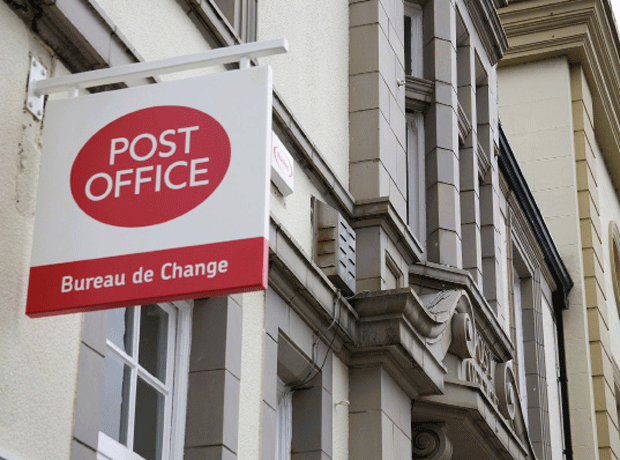
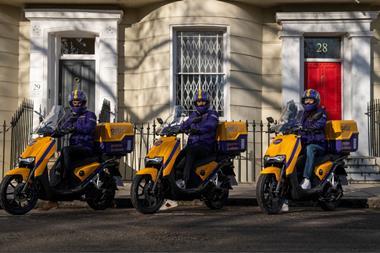

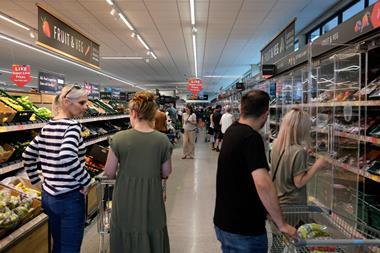

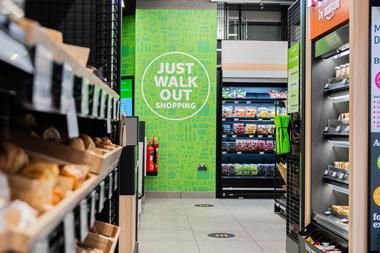



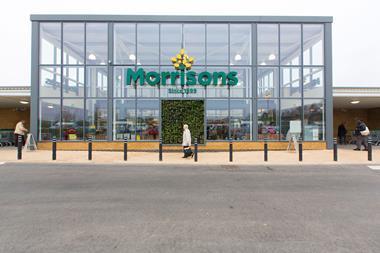
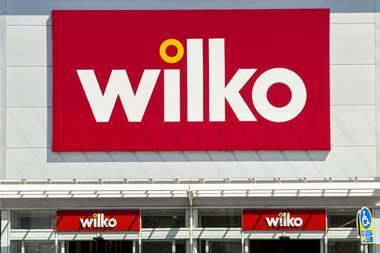

No comments yet